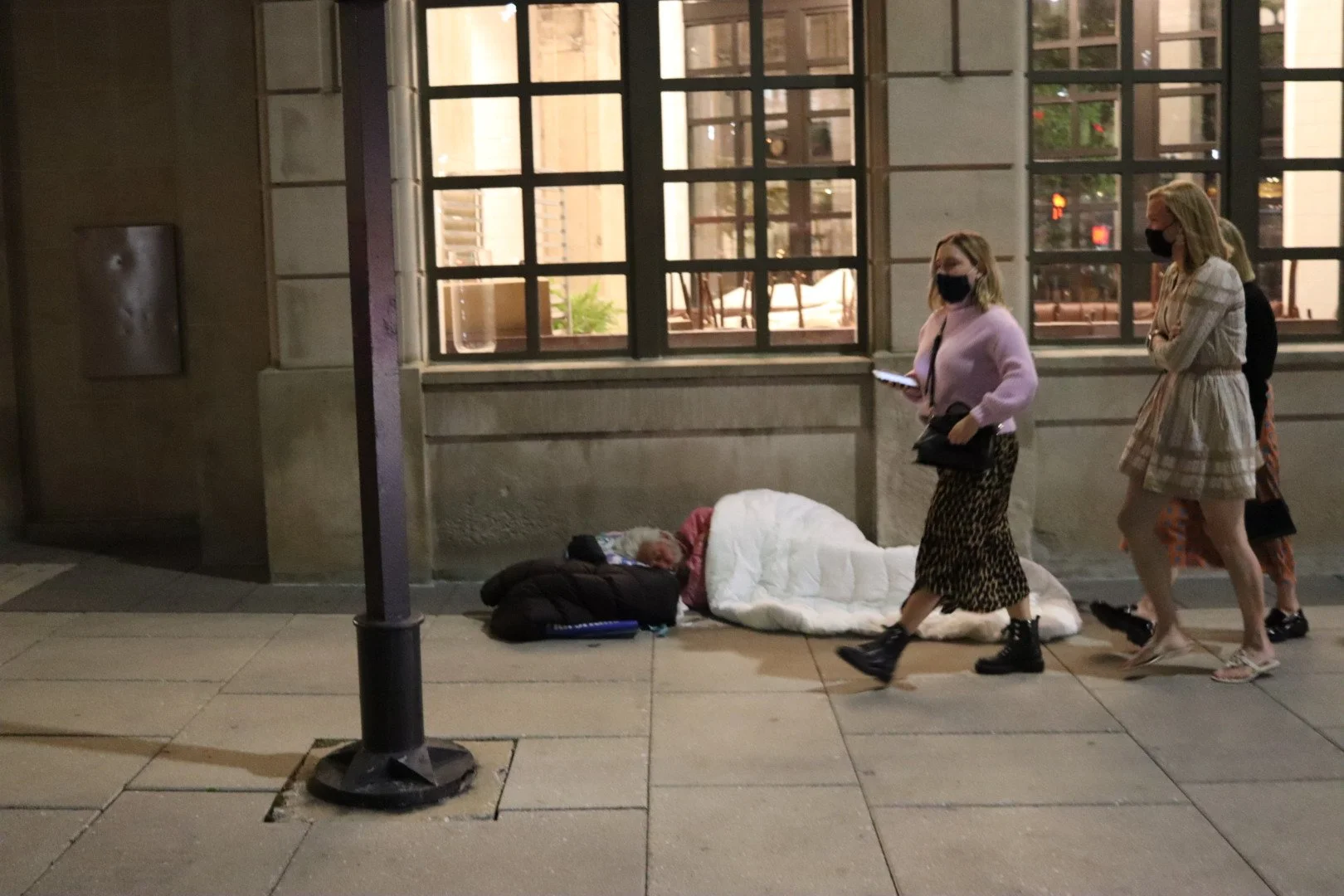For 2nd Straight Year Homelessness Increases in DC, a City Controlled by Elite White Liberals; Black Families Hit Hardest as Black People Make Up 86% of DC Homeless but are Only 46% of the Population
/Photo courtesy of Vincent Brown, the undeceiver.
IN WASHINGTON, DC, AFRICAN AMERICANS MAKE UP 86.4 PERCENT OF THE HOMELESS POPULATION, WHILE REPRESENTING ONLY 46.6 PERCENT OF THE CITY’S POPULATION. ACCORDING TO THE NATIONAL ALLIANCE TO END HOMELESSNESS, THIS IMBALANCE IS NOT IMPROVING OVER TIME. IT CAN BE DEDUCED THAT THE VAST MAJORITY OF THE LANDLORDS ARE WHITE LIBERALS, AS DC IS ONLY 5% REPUBLICAN. [MORE]
FUNKTIONARY EXPLAINS
homeless – the informationally disenfranchised and in many cases also the psychologically disengaged. The streets may belong to the people, but they make less than ideal places to live. In the cold, the homeless look for the “grate” outdoors.
From [HERE] New data published Monday showed the number of homeless people living on D.C. streets increased for the second consecutive year — and many of those seeking shelter are families.
The D.C. mayor’s office said the city recorded a 14% increase in homelessness this year, according to the District’s annual Point-in-Time Count taken in January.
Raw numbers haven’t been released yet, but a 14% increase over the 4,922 people counted as homeless last year in the District would put this year’s number around 5,600 people. In 2022, the District recorded 4,410 people living on city streets.
“Across the last two years, we counted a higher percentage of people experiencing homelessness for the first time, which both points to the need for earlier interventions as well as our success at supporting those who have experienced long-term homelessness to regain housing,” Laura Zeilinger, director of the D.C. Department of Human Services, said in a news release. “We are committed to continue to build on and invest in proven solutions, and innovative approaches to enhance our system for District residents facing homelessness.”
Families accounted for 39% of the increase in homelessness, while single individuals represented 6% of the increase, according to the mayor’s office.
That’s a change from the PIT count last year, when both groups were relatively equal contributors to 2023’s uptick in homelessness. Families made up 12% of last year’s increase, and single individuals accounted for 10%.
City officials noted there are fewer transients in the city now than in 2020, when data was collected roughly two months before the COVID-19 pandemic took hold.
The mayor’s office said the 30% reduction in homelessness over the past four years stemmed from pandemic-era policies such as the eviction moratorium and an infusion of federal cash into cities and states.
The District’s homeless population dropped 31% between 2020-22 — which led the nation, according to the mayor’s office — until the trend began to reverse after the U.S. Supreme Court struck down the eviction moratorium in 2021 and federal money slowly dried up.
But homeless advocates who work in the city believe the District’s numbers are finally correcting after being undercounted during the heart of the pandemic.
“The District reported a significant decrease in homelessness overall during COVID, and we saw nothing to support that dramatic decrease that they were reporting,” Joe Mettimano, the executive director for Central Union Mission, told The Washington Times.
Mr. Mettimano said he saw the same number coming to Central Union’s men’s only shelter during COVID as he does now.
And he mentioned that the organization’s food pantry, which is open to anyone, saw a 50-75% surge in visits from women and families during the pandemic that has yet to recede. [MORE]






































































































































































































































































